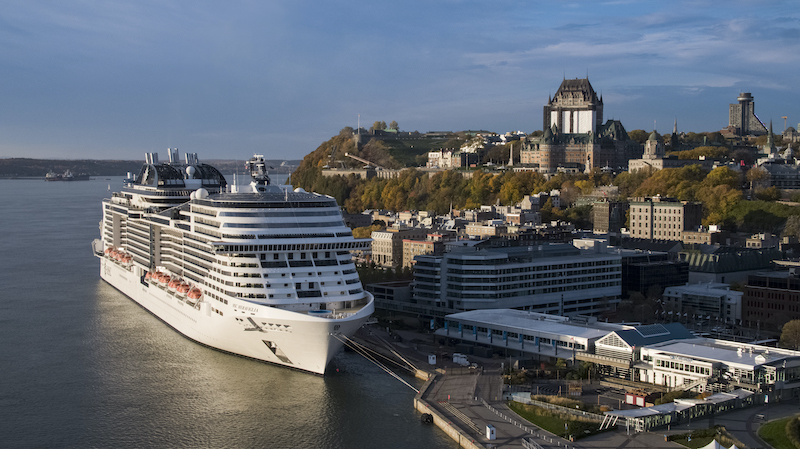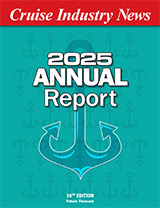
In the first quarter of 2020, the Port of Quebec was getting ready for its regular 26-week operational season between the beginning of May and the end of October.
But then the pandemic struck, and the port found itself “like everybody in the process,” said Nancy Houley, Director, Cruise Development, Port of Quebec. “Zero calls, zero vessels.”
The Canadian government introduced a ban on cruising in March 2020. It was extended twice: in June and then in October until the end of February 2021, which will result in nearly one year without cruising for Canada.
The impact of that will be “tremendous,” said Houley.
“The biggest thing is the realization of how big the cruise industry is in all of Canada,” she told Cruise Industry News. “The fall colors in Canada, New England is one of the bigger tourist attractions there is… When we’re looking at our western Canada, it’s also one of the biggest tourist attractions there, for example, for the West Coast and also all the way to Alaska.”
New Terminal
Despite the cruise losses, the Port of Quebec managed to complete the construction of its 100,000 sq.-feet new cruise terminal at Pier 30.
“It’s exciting, it’s all ready. We’re waiting for the part of the gangway which is going to the passenger boarding bridge, which is going to come in in early spring in 2021,” Houley said. “We have a brand new terminal, but, fortunately, it’s still going to be new next year too.”
To ensure that the port can effectively prevent coronavirus outbreaks when it does resume operations, Houley said its team works with organizations like Health Canada – under the Canadian government.
“We now have integrated additional measures, for example, the physical distancing, masks – those are the two additions. But when it goes for hand sanitizers and different aspects, those were already there,” she said.
Creation of Cruise Committee
Houley talked with excitement about a new Cruise Committee created by the Association of Canadian Port Authorities to collaboratively work together on cruising standards and protocols and prepare for the future.
“We regrouped all cruise ports in Canada,” Houley said. “We created ourselves a standard, we’re working together in moving forward using the same protocols as a country. So, each port can use the protocols, adapt them to each province, for example – so that we’ll be ready for when the time is right for everyone to come back.”
“We created that coalition so we can educate Canadians, educate our government, make sure that people realize that the international dollars that come with the cruise industry are phenomenal for all of us,” she added.
Positive Outset
Houley said that she’s positive that cruising will resume in Canada in 2021.
“I think what’s being done in the U.S. (will influence events in) Canada because we’re neighbors and worked so hard together in the past. I think it’s important for everybody to have the same protocol and speak the same language to the government,” she said.
However, she added that she doesn’t feel confident planning too far into the future as the Port of Quebec is dependent on what happens in the U.S. and Europe. And if cruise ships only do small itineraries, they might not call at the Port of Quebec, which will hurt the port’s success.
“The number of days is going to affect us – if it’s only three- to four-day cruises, that will hurt, that will have an impact on us versus a 10-14-day itinerary. So, a lot of the testing and a lot of the protocols put in place… And also what happens in the year one (will determine success),” she said. “I think the biggest thing we have to learn is how quickly we can adapt, integrate what’s happening, and make sure that we know what’s going on in the industry.”




